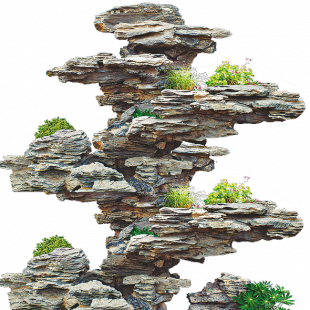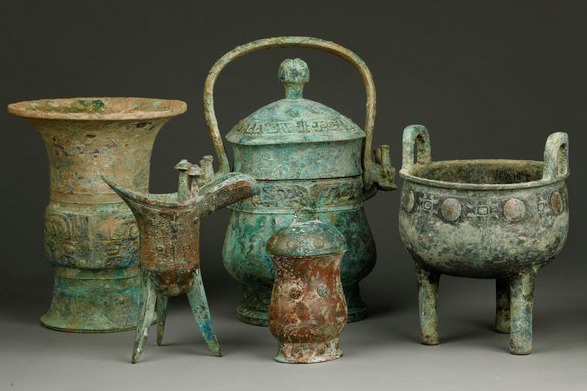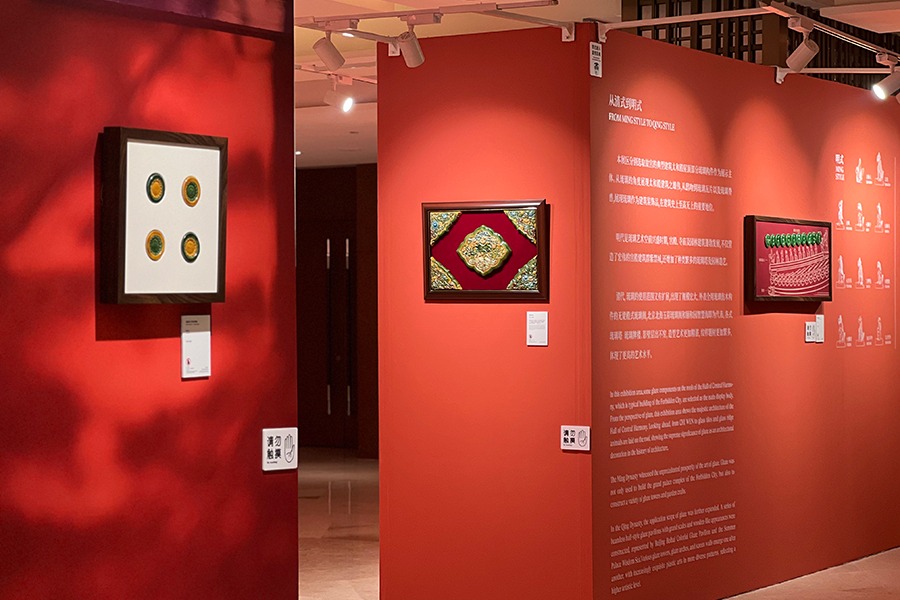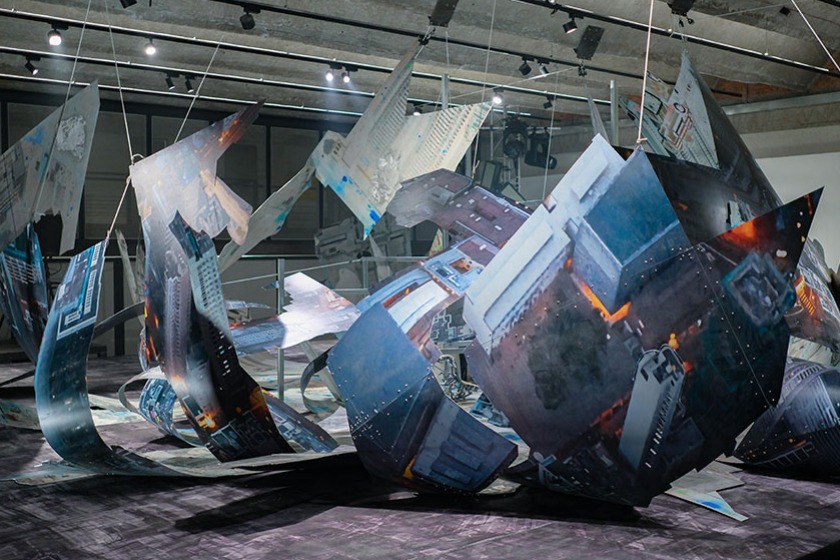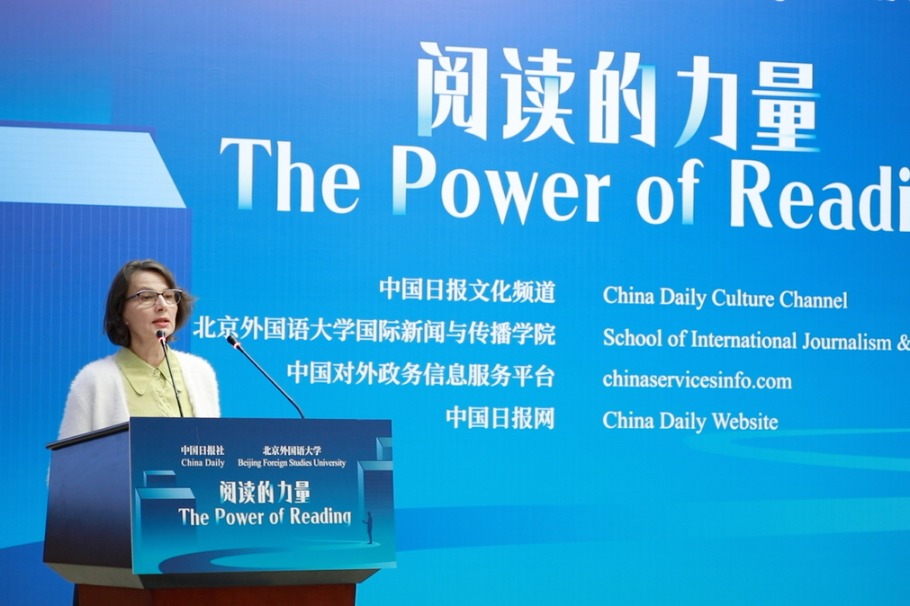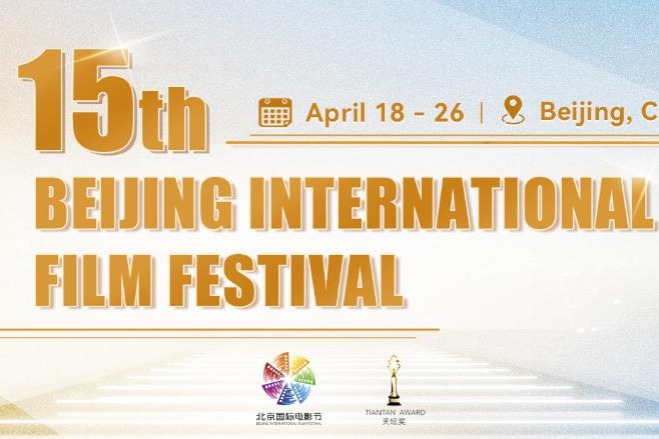Let history guide you through the enchanting streets and lanes

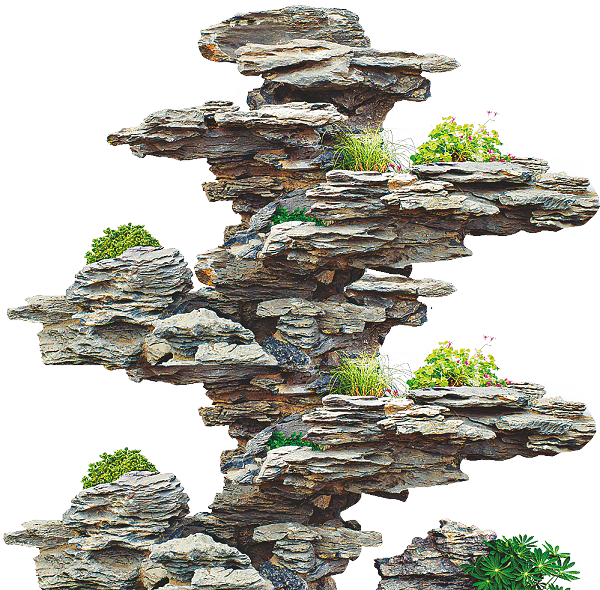
Jiangnan's prosperity was accompanied by the flourishing of market towns, handicrafts, commerce and service industries, giving rise to an urban class that fostered civic consciousness, popular literature and professional ethics, writes scholar Ge Jianxiong in an article published in Wenhui Daily in October.
Juxtaposed against the literati's highbrow tastes for classical gardens, Kunqu Opera and the West Lake lies the more earthy charm of white-walled black-tiled lanes bustling with everyday life, riverside pingtan storytelling, and the indispensable elements that define the Jiangnan water towns: ancient single-arch stone bridges and leisurely wooden sculling boats gliding through waters.
In Southern Song Dynasty (1127-1279), poet Lu You wrote:
"All night in the small loft, I listened to spring rain; The next morning, apricot blossoms will be sold in the deep lanes."
In modern times, poet Dai Wangshu from Hangzhou, Zhejiang province, wrote a poem titled Rainy Alley. An epitome of modern Chinese symbolistic poems, Rainy Alley expresses a man's wish to meet a dreamy young melancholic woman who is just like a lilac flower, when wandering through a deep and lonely alley on a rainy day, holding an oilpaper umbrella.
People online argue which alley he wrote this poem for: Data'er Alley in Hangzhou or Dingxiang (lilac) Alley in Suzhou? Obviously, the rainy alley is just a symbol that refers to nowhere in reality, but it depicts a romantic mood that only exists in Jiangnan.
There are a lot of such alleys in Jiangnan, and some of them have been transformed into historical and cultural blocks.
On an early April evening, after walking more than 15 kilometers in Nanjing, Jiangsu province, I rode a bicycle, wandering through a narrow path beside the Zhonghua Gate, one of the 13 city gates of the Ming Dynasty (1368-1644) city wall and one of the largest surviving ancient gate complexes in China.
Strolling in the highly-commercialized streets around Confucius Temple during the daytime exhausted me, for the streets were packed with people and shops selling souvenirs, snacks or drinks that one could find in any tourist city around the country.
After hesitating for a while before the Zhonghua Gate, I decided not to pay 47 yuan ($6.4) to see the light show inside the barbican. Turning back, I was attracted by a delicate park, where tiers of white-walled black-tiled houses, finely-trimmed plants and elegant pavilions stand beside a river.
I took a walk by the river and found on the map that it is the famous Qinhuai River, Nanjing's mother river.
At its peak time during the Ming and Qing (1644-1911) dynasties, the 5-km river was bustling with people, adorned with golden pavilions, colorful banners held high, painted pleasure boats gliding on the water, and the sound of oars accompanied by the flickering of lights.
Its charm is further colored by the legends of the Eight Beauties of Qinhuai, the eight courtesan singers living at the end of Ming Dynasty known for their beauty, talent and lofty character.
The map also told me that I was not far from a historical culture block called Laomendong (East Zhonghua Gate Historical Culture Block), which, consisting of mainly seven old alleys and six narrow lanes, can be traced back to the Three Kingdoms period (220-280).
Each way has its own history. For example, one of the main streets, Gutong Alley, or the Coopers' Alley.
Legend has it that in the Ming Dynasty, this area housed barrel-makers employed by Shen Wansan, Jiangnan's richest merchant. Their expertise turned the lane into a hub for apprentices and clients, hence, Gutong Alley.
I wandered in the Gutong Alley. Compared with the streets around the Confucius Temple, it was quiet and refreshing, with shops decorated creatively to cater to young people's tastes.
The 39th China Qinhuai Lantern Festival was still on. Splendid lanterns in the shape of lovely snakes and flowers beamed at different corners. A young guitarist was singing a love song standing beside a giant jumping blue whale lantern, at which I laughed out. In the local dialect, Nanjing is pronounced as Lanjing, the same as the Chinese term for blue whale.
Several cats sauntered at the wall's foot, so I went to greet them and found an entrance leading to a lane called Santiaoying. Decorated with a big winding golden snake lantern overhead, the lane lured me to explore it.
Walking on the flagstone path slowly and listening to a jazz song drifting out of a store nearby, I found a school for acupuncture and massage therapy training, a shop selling handmade customized costumes, an exhibition and training center for incense-making, a modern perfume shop and surprisingly a museum.
The museum is located in the Jiezi Garden, once belonging to Li Yu, a literary scholar and playwright of the late Ming and early Qing dynasties. It is famous for its meticulously designed layout within the compact confines of less than 2,000 square meters. Unfortunately, it had closed.
I returned to Gutong Alley and several times turned into the lanes on its two sides, soon finding myself lost.
In Zhongying Lane, I saw two thick trees standing in the middle of the narrow path. Not far from them was a dimly-lit pub, where stylishly dressed young people were going in and out, some sitting outside smoking, while many others sat neatly inside, as if waiting for a performance to begin.
In Huishan Ancient Town in Wuxi, Jiangsu province, I found similar lanes. But what attracted me more was the Grand Canal. Wuxi is the only city through which the ancient waterway winds.
After getting off the bus from Yuantouzhu Tourist Scenic Area, a peninsula lying across the northwestern shore of Taihu Lake, I rode a shared bike guided by a map app on my phone heading for Nanchangjie, or Nanchang Ancient Street.
The Qingming Bridge Historical Culture Street in Nanchangjie epitomizes a typical Jiangnan water town. The bridge, built more than 400 years ago, is the largest single-arch stone bridge above the Wuxi section of ancient Grand Canal.
The city's most iconic Jiangnan water town tableau consists of a symphony of arched bridges, riverside dwellings, and the rhythm of oars that stirs the stillness of this timeless canal.
Tiered dwellings rise and fall along the banks, their stone docks and landings neatly spaced. Homes open to waterways at the back for washing and boarding boats, while front doors lead to cobbled lanes and arched bridges.
By day, residents lean from windows over the water; by night, the soft lapping of oars mingles with lantern light shimmering on the waves. When rain descends, a veil of drizzle dusts the whitewashed walls and black-tiled roofs, composing a living tableau of "homes pillowed along the river" — a poetic ode to this symbiotic harmony of life and water.
After climbing up an overpass, I could not help bursting into cheer, seeing I was standing on the Kaiyuan Bridge watching over the wide Grand Canal, on which three ships were sailing toward the bridge.
About 1 km before my destination, I saw a resplendently-lit pagoda in the dark sky. The street sign read Nanchan Temple, which is one of the oldest temples dating back to the 6th century, now thriving with devout local worshipers and incense offerings. In front of the temple is a big market selling all kinds of snacks, dishes, pets, plants and so on, bustling mostly with happy young people in the evening.
When I finally arrived in Nanchangjie, my feet hurt badly, so I decided to take a boat to see the night view along the ancient canal.
Fifty minutes later, when the boat traveled through the last bridge arch, I realized that the best time to see and feel a Jiangnan water town must be in daytime on a drizzling spring day. In Jiangnan, there are more such destinations to go as Tongli, Zhouzhuang, Lili, Shaoxing, Nanxun and so on.


